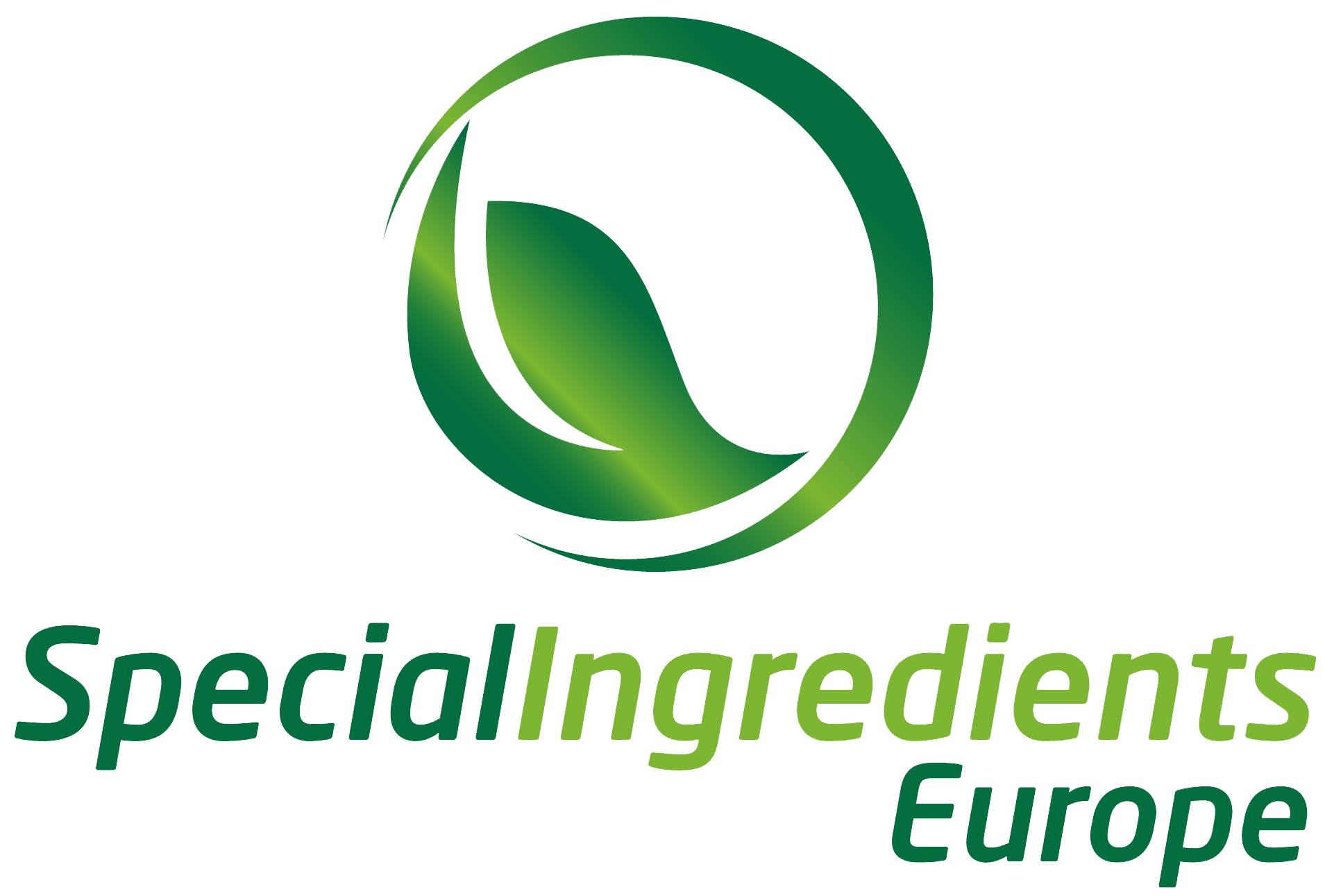Sodium Alginate Bath
In the innovative world of modernist cuisine, sodium alginate stands out as a transformative ingredient. Its unique properties allow culinary professionals and enthusiasts alike to push the boundaries of texture and form in gastronomy, leading to stunning dishes and drinks that are as visually appealing as they are delicious. Here’s a closer look at sodium alginate, from its origins to its applications in creating culinary wonders like pearls and a basic recipe for a Sodium Alginate bath which is used in many of our recipes.
The Origins of Sodium Alginate
Sodium alginate is a natural polysaccharide derived from brown seaweed. It is primarily extracted from various species of brown algae that are found in cold water regions, including the North Atlantic and parts of the Pacific. Historically, alginates have been used in industrial processes, but their unique properties have made them increasingly popular in food and medical industries over recent decades.
Properties of Sodium Alginate
Sodium alginate is best known for its ability to gel in the presence of calcium ions, a property known as gelation. This gelling ability is reversible and does not require heat, making it an ideal ingredient for cold preparations. Sodium alginate solutions are generally viscous, which can be controlled by the concentration of the alginate. This versatility makes it invaluable in both creating novel textures and in enhancing the sensory attributes of traditional dishes.
Culinary Applications of Sodium Alginate
In the culinary world, sodium alginate has been embraced for its role in spherification—creating gel spheres that encapsulate flavors in a membrane, mimicking the appearance and texture of caviar. These spheres burst in the mouth, releasing their contents in a surprising and delightful way. Sodium alginate’s ability to thicken and emulsify also makes it a popular choice for improving the texture of ice creams, sauces, and syrups.
Combining with Calcium Lactate for Culinary Pearls
One of the most popular applications of sodium alginate in modern cuisine is in the creation of “pearls” or “caviar.” This process, known as direct spherification, involves the interaction of sodium alginate with calcium lactate. Here’s how it works:
-
Preparation of the Alginate Solution: Sodium alginate is dissolved in the liquid that will form the base of the pearls. This could be anything from fruit juice to flavored teas.
-
Calcium Lactate Mixture: Separately, calcium lactate is dissolved in water, creating a calcium-rich solution.
-
Forming the Pearls: Droplets of the alginate-base mixture are added to the calcium lactate solution. When the alginate comes in contact with calcium, a gel membrane forms around each droplet, encapsulating it in a sphere.
-
Rinsing and Serving: The pearls are then carefully rinsed in water to remove any excess calcium solution and are ready to be served. They add not only a burst of flavor but also an element of surprise and sophistication to any dish.
The Impact of Sodium Alginate in Modernist Cuisine
Sodium alginate’s role extends beyond just creating playful textures. It challenges chefs to think differently about the presentation and consumption of food, blending science and art in ways that enhance and redefine dining experiences. Its ability to create dishes that are as intriguing intellectually as they are pleasing to the palate makes sodium alginate a staple in the toolkit of any modernist chef.
In conclusion, sodium alginate exemplifies how traditional ingredients can find new life through technology and creativity, making it a symbol of culinary evolution and innovation. Whether in the hands of a professional chef or a home cook, it opens up a world of possibilities that make eating a more dynamic and interactive experience.

Sodium Alginate Bath Recipe
Equipment
Ingredients
- 5 gr Sodium Alginate
- 1 liter water
Directions
- Blend the water in a blender then gradually sprinkle in the Sodium Alginate. Blend until the Alginate is well dissolved.
- Let this solution settle in the fridge for two hours (it will appear clearer when settled).
